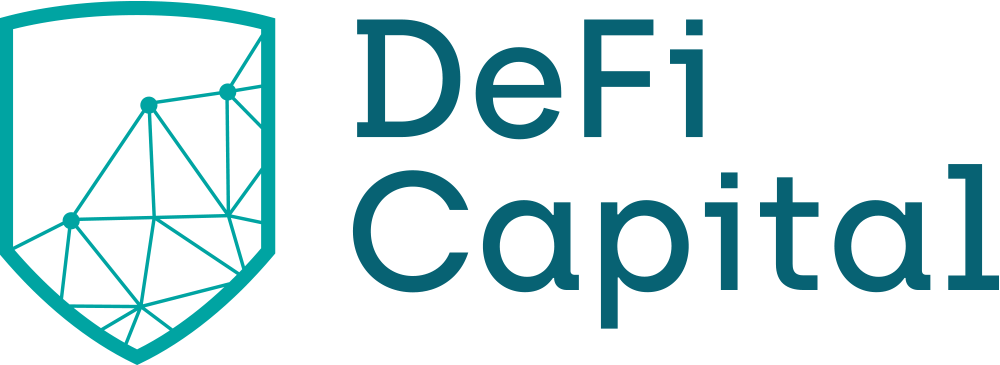What is Blockchain
Blockchain in less than 130 words.
Imagine a train, with carriages of data, one after another. Remove one carriage and the train breaks. Or maybe imagine your shared excel sheet where every line of data cannot be tampered with. Usually a metaphor works well to understand what a blockchain exactly is and how we should understand it.
A blockchain is a digital ledger that cannot be changed (unlike any file on the internet that can be copied).
And at the same time, like how in the excel sheet any entry can be a difficult mathematical calculation, any entry in the blockchain can also be a calculation that activates under certain conditions. Now add the fact that everyone can review the data and you have an idea of what a public blockchain is.
“We will see the rise of a new financial era. One where central powers, banks, governments will play a lesser role in the Individual’s financial management. This will be because of Blockchain: the decentralized ledger that allows for a trustless transaction system.”
Favorite features
To know blockchain, you need to know these features. Because this isn’t just some new technology. It’s the technology on which much of our world will be built.
Just like a world without the internet is unthinkable now – so will it be with Blockchain in the near future. This is the innovation financial services have been waiting on.
Internet technology is a huge innovation, especially for data sharing. But a digital money that can be copied doesn’t work. We need to be sure that a digital currency can be spent only once, or that a certain record is the only one or that a certain product is unique – this is what a blockchain can guarantee.
Decentralized
Open source
Smart contracts
A short history to help you understand blockchain
Blockchain technology can be considered just a decade old. Of course, there were other developments that led to the technology as we know it now. But to know what it really is we generally begin with the emergence and creation of Bitcoin.
Satoshi Nakamoto Bitcoin Whitepaper 2008
On October 31 2008 someone, under the pseudonym Satoshi Nakamoto, published the Bitcoin whitepaper titled ‘Bitcoin: A peer-to-peer Electronic Cash System‘, in which they proposed the first blockchain solution for a new digital currency.
Not surprisingly, Nakamoto advocated against the financial hegemony of large institutions, since in 2008 we had a financial crisis. If you really want to have a better understanding of blockchain, start with the Bitcoin whitepaper.
Vitalik Buterin
Ethereum
2013
Building on the ideas set out by Satoshi Nakamoto, Vitalik envisioned a blockchain with a scripting language, something Bitcoin does not have.
This would allow for a larger variety of programmability. Now also known as ‘Smart Contracts’. With this in mind Ethereum was founded.
Rune Christensen
MakerDAO
2015
This is another important application built on Ethereum, because MakerDAO created a solution for the volatility of the market. Volatility is something that directly undermines the idea of a ‘currency’.
MakerDAO aims to solve this problem by setting up a decentralized organization that provides a ‘stable token’. This is a digital currency that is always on par with the dollar (or something else if needed).
DigiX
2016
The vision of Ethereum was shared by many others. One of the first application being built on Ethereum was DigiX. Using interactions with smart contracts DigiX offers verifiable digital gold.
DigiX held the first Initial Coin Offering on Ethereum. An ICO is a crowdfund in which a token is offered in return and usually this token has some kind of value creation model. After DigiX many hundreds of ICO’s followed.
Ethereum Enterprise Alliance
2017
In March of 2017 a large number of blockchain start-ups, research groups and fortune 500 companies announced the creation of the Ethereum Enterprise Alliance. Ethereum has now effectively moved from ‘potential’ to ‘actual’ innovation.
Blockchain is the future
We genuinely believe blockchain will shape much of the nearby future.
Add everything up and it’s clear that we’re witnessing a technological innovation that can’t be stopped. This is a grass-roots innovation that looks to improve the world. It might not go so easily, resistance will be met, but if something is cheaper, faster and safer, how can we not use it? We believe in the future of this technology, we want to be a part of it and we’re capitalizing on it.
